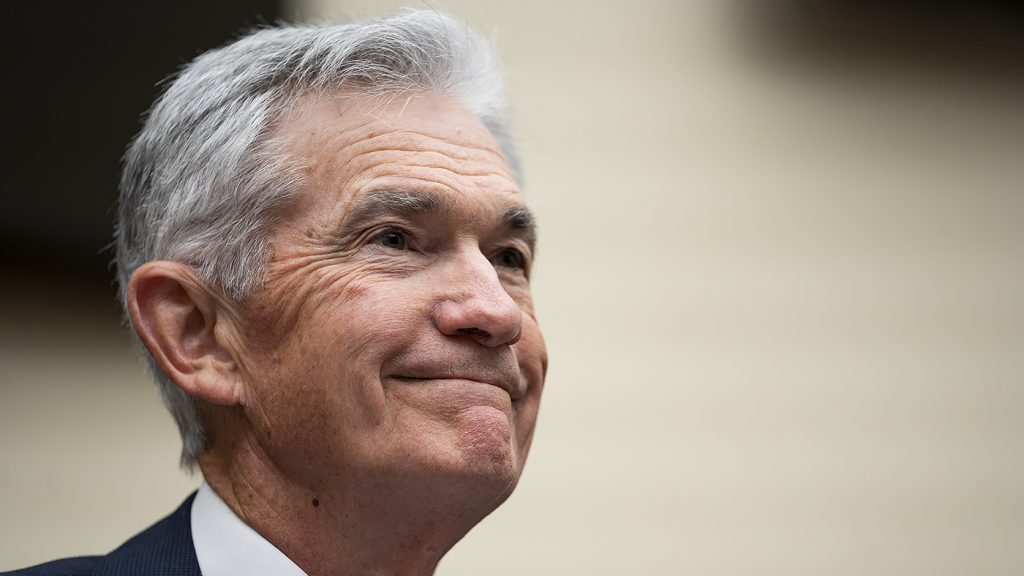Due to higher inflation and strong labor market readings in January and February, Federal Reserve officials are considering the possibility of maintaining higher interest rates for a longer duration, given the strong U.S. economy.
Fed chair Jerome Powell mentioned at an event on Wednesday that it's too early to determine if the recent readings signify more than just a temporary increase. He also stated that they don't anticipate lowering their policy rate until they are more confident that inflation is consistently moving down towards 2 percent.
In February, the consumer price index (CPI) exceeded expectations for the second consecutive month, with a 0.4-percent monthly increase and a 3.2-percent annual increase. Excluding the more unpredictable categories of food and energy, prices increased by 3.8 percent annually.
In February, nonfarm payrolls grew by 275,000, which was a positive surprise, despite the unemployment rate rising to 3.9 percent.
Powell stated that recent readings on both job gains and inflation have been higher than anticipated. He also highlighted the faster job growth in the past three months, as well as the higher inflation data in January and February compared to the low readings in the second half of last year.
On Wednesday, Atlanta Fed President Rafael Bostic expressed a similar view, suggesting that the central bank would only make one rate cut in the fourth quarter of this year.
Bostic mentioned that if the economy evolves as he expects, with continued strength in GDP and a gradual decline in inflation, it would be appropriate to consider reducing rates in the fourth quarter of the year. He emphasized the need to assess the incoming data.
The Fed mainly affects price levels by influencing the labor market, reducing demand for goods by increasing borrowing costs, which can result in lower wage growth, hiring freezes, and layoffs.
While the labor market remains strong overall, it has weakened during the Fed’s monetary tightening, with unemployment rising from 3.4 percent in January of 2023 to 3.9 percent in February. The quits rate has also decreased to 2.2 percent from 3 percent in 2022, and the ratio of open jobs to unemployed people has declined to 1.4 from 2 over roughly the same time period.
The Fed considers this to be significant progress.
Powell mentioned on Wednesday the evidence of labor market rebalancing in data on quits, job openings, employer and worker surveys, and the ongoing gradual decline in wage growth.
Powell did not discuss the impact of profits on recent price growth in his Wednesday remarks , which reached the highest level ever, in the fourth quarter as the U.S. economy experienced significant growth, a matter that is receiving increased attention from policymakers.
A recent report from the Federal Trade Commission (FTC) highlighted margin expansion in the grocery sector and suggested that it should be a focus for policymakers.
In the first three-quarters of 2023, profits for retailers increased even more, with revenue being 7 percent higher than total costs. This raises doubts about claims that prices at the grocery store are only rising at the same rate as retailers’ own rising costs, according to FTC researchers in March.
Observers of the market have been focused on unusual profit trends after the pandemic and discussing the relationship between worries about the supply chain and the expansion of profit margins.
“Remembering past supply problems argues for keeping higher levels of inventory, but worries about profit margins as consumers resist price increases might lead to stricter control over inventory costs,” UBS economist Paul Donovan stated in a February commentary.









